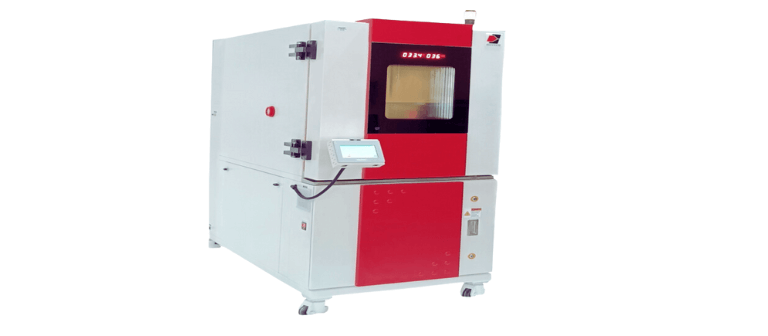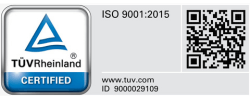Environmental stress screening (ESS) refers to the process of exposing a newly manufactured or repaired product or component(typically electronic)
To stresses such as thermal cycling and vibration in order to force latent defects to manifest themselves by permanent or catastrophic failure during the screening process.
Environmental stress screening (ESS) is also known as Burn-in, AST (Accelerated Stress Testing), HALT (Highly Accelerated Stress Test), or HASS (Highly Accelerated Stress Screening). Whatever the name, the idea is the same: create a test program that allows you to eliminate the infant mortality of your product.
ESS is a screening method used to precipitate and find defects caused by various forms of environmental stress thus exposing manufacturing process problems that would cause a failure in normal field environments including shipping, storage and use.

ESS tests are widely used in both military and civilian programs as efficient and effective ways to ensure the safety and performance of finished electronic products.
ESS is the tailored application of electrical and environmental stresses to electronic equipment to identify & eliminate defective, abnormal parts and manufacturing defects. It is a production screen conducted on 100% of the manufactured items to minimize infant mortality. ESS is intended to simulate infant mortality failures via accelerated aging without causing damage/inducing wear out to the product under manufacture. ESS weeds out latent defects arising out of weak parts, workmanship and other non-conformances, which would otherwise cause failure during higher-level testing or early field service.

ESS is a product-specific programme and therefore, specific screen strength needs to be defined for type of product. Stress screening is a part of manufacturing process in which the simulated environmental stresses are used to screen out those failures that would otherwise occur in the field. The stress should be closely tailored to the equipment’s design capability to provide an effective screen without damaging good components. It is necessary to conduct ESS at the earliest possible stages where it is possible to reveal latent defects and initiate necessary corrective actions.

Equipment Capabilities:
- Temperature range of -70°C to +200°C.
- Temperature rate of change up to 10 to 15°C/minute.
- Humidity Range 10% to 97%.
- Controller HMI with PLC.
- Volume 750 ltrs to 30000 Ltrs.


Leave a Reply